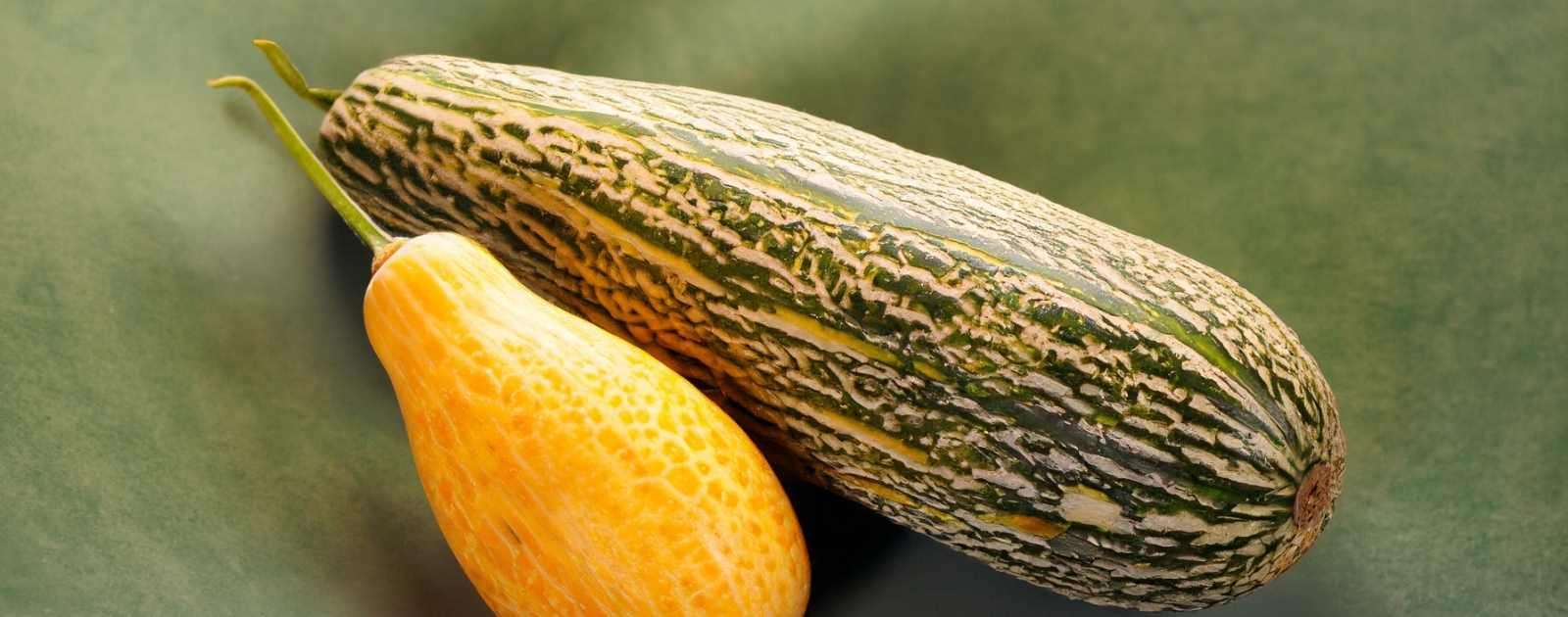Gourd is neither a melon nor a typical fruit. It is a broad term that refers to the Cucurbitaceae family’s fruits, which includes melons and other varieties such as pumpkins and squash.
You’ve probably walked past gourds at the farmers’ market or grocery store and wondered, “Is that a melon?” or “Is it some other type of fruit?” The question is legitimate. Gourds often share striking similarities with melons, like their rounded shape and vibrant colors. However, a closer look—both botanically and culinary-wise—shows that gourds stand in a category of their own. This article aims to delve into what a gourd is, why it’s not a melon, and some concluding thoughts on this unique family of plants.
What is a Gourd?
Gourds belong to the Cucurbitaceae family, which is the same family that includes cucumbers, pumpkins, and, yes, melons. But while all these variants share a family tree, they’re distinctly different species with unique characteristics. Think of them as relatives at a family reunion; similar but not identical. The term “gourd” is used to describe a variety of hard-skinned fruits (or sometimes vegetables, from a culinary standpoint), which aren’t typically consumed fresh or raw due to their hard, inedible rinds and bitter flesh.
Types of Gourds
There are multiple types of gourds, such as ornamental gourds that are often used for decorative purposes, and others like the bottle gourd, which is used in cooking. Some gourds are utilized as tools after drying, often carved into utensils, containers, or musical instruments. Yes, you heard it right—musical instruments! So, gourds are more than just eye-candy; they serve multiple functional purposes too. This multifunctional aspect sets gourds apart from melons, which are generally consumed for their sweet and juicy flesh.
Cultural Significance
Gourds hold special cultural significance in various societies around the world. They’re not just another item in the produce section; they’re artifacts of history and heritage. In African, Native American, and Asian cultures, gourds have been used for centuries as water containers, utensils, and even as symbolic items in religious rituals. These cultural roles further emphasize that gourds are not just ordinary fruits; they’re much more nuanced and versatile.
Why is a Gourd Not a Melon?
A gourd is not a melon because it belongs to a broader category of the Cucurbitaceae family, which includes but is not limited to melons.
Botanical Differences
While melons like cantaloupes and watermelons are cultivated for their sweet and juicy insides, gourds are primarily known for their hard, durable exteriors. Botanically speaking, melons are a specific subset of the Cucurbitaceae family and have a fleshy pericarp (the part of the fruit that surrounds the seeds). Gourds, on the other hand, have a hard pericarp, making them undesirable for raw consumption.
Culinary Usage
In culinary terms, melons serve different purposes than gourds. Melons are often the stars of summer picnics, cut up for fresh eating or made into sweet, refreshing drinks. Gourds, however, are typically cooked to break down their tough exterior and are often used in stews or as containers once dried. These differences in how they are prepared and consumed underscore why gourds are not categorized as melons.
Final Thoughts
To sum it up, gourds are a fascinating subject that often gets tangled up with melons due to their similar family origins. However, they’re distinct in their botanical characteristics, types, and culinary uses. Understanding these differences is essential, especially for gardening enthusiasts, chefs, or anyone interested in botany.
Gourds are neither melons nor typical fruits. They’re a broad and unique category within the Cucurbitaceae family, and their uses extend far beyond the culinary world. Gourds serve various functional and cultural purposes, from musical instruments to religious symbols.
So, the next time you come across a gourd, you won’t just see it as a bizarre cousin to the melon. You’ll recognize it as a unique and versatile member of the plant kingdom that holds its own in a sea of fruits and vegetables. Isn’t the natural world wonderfully complex?

